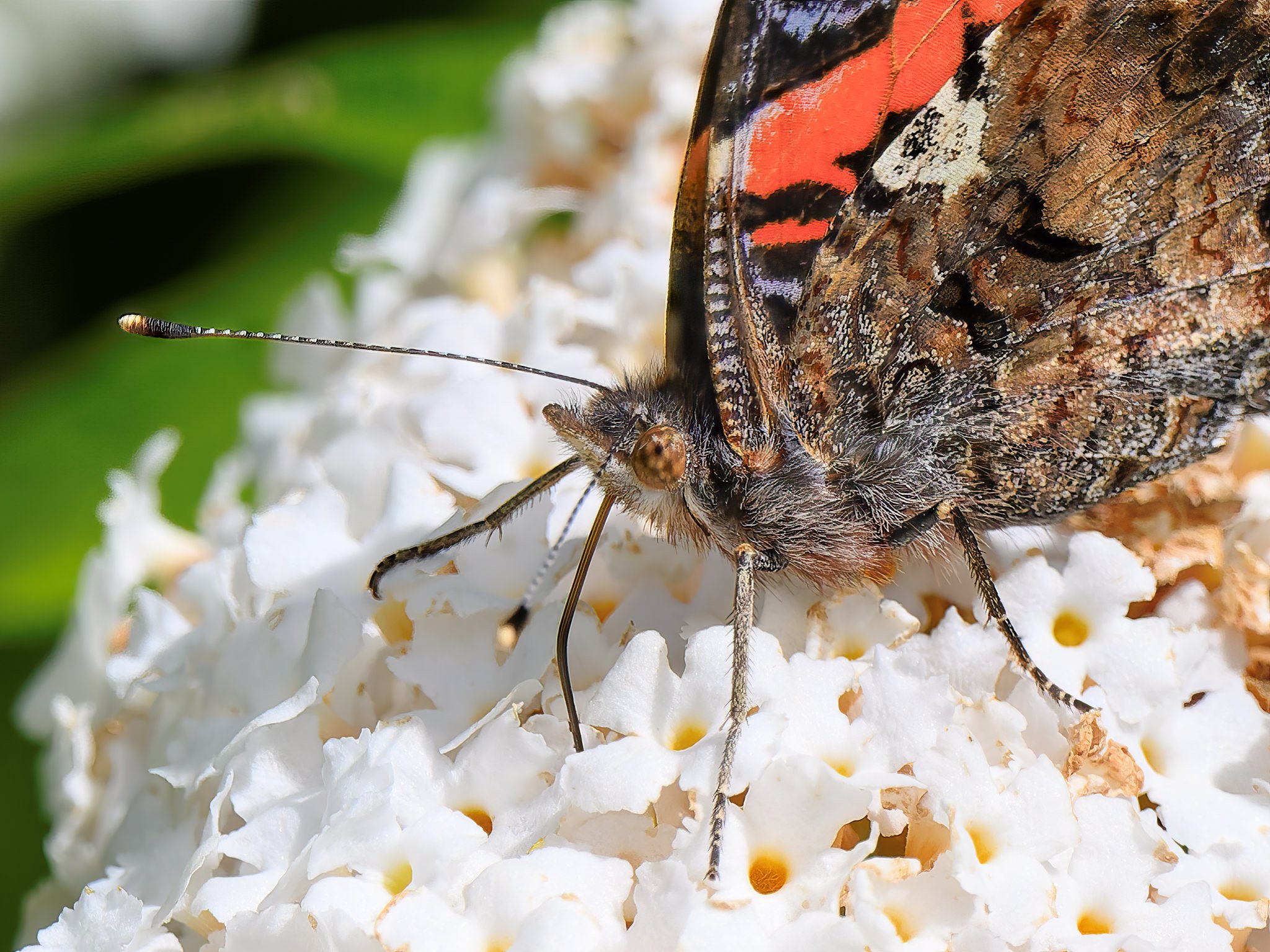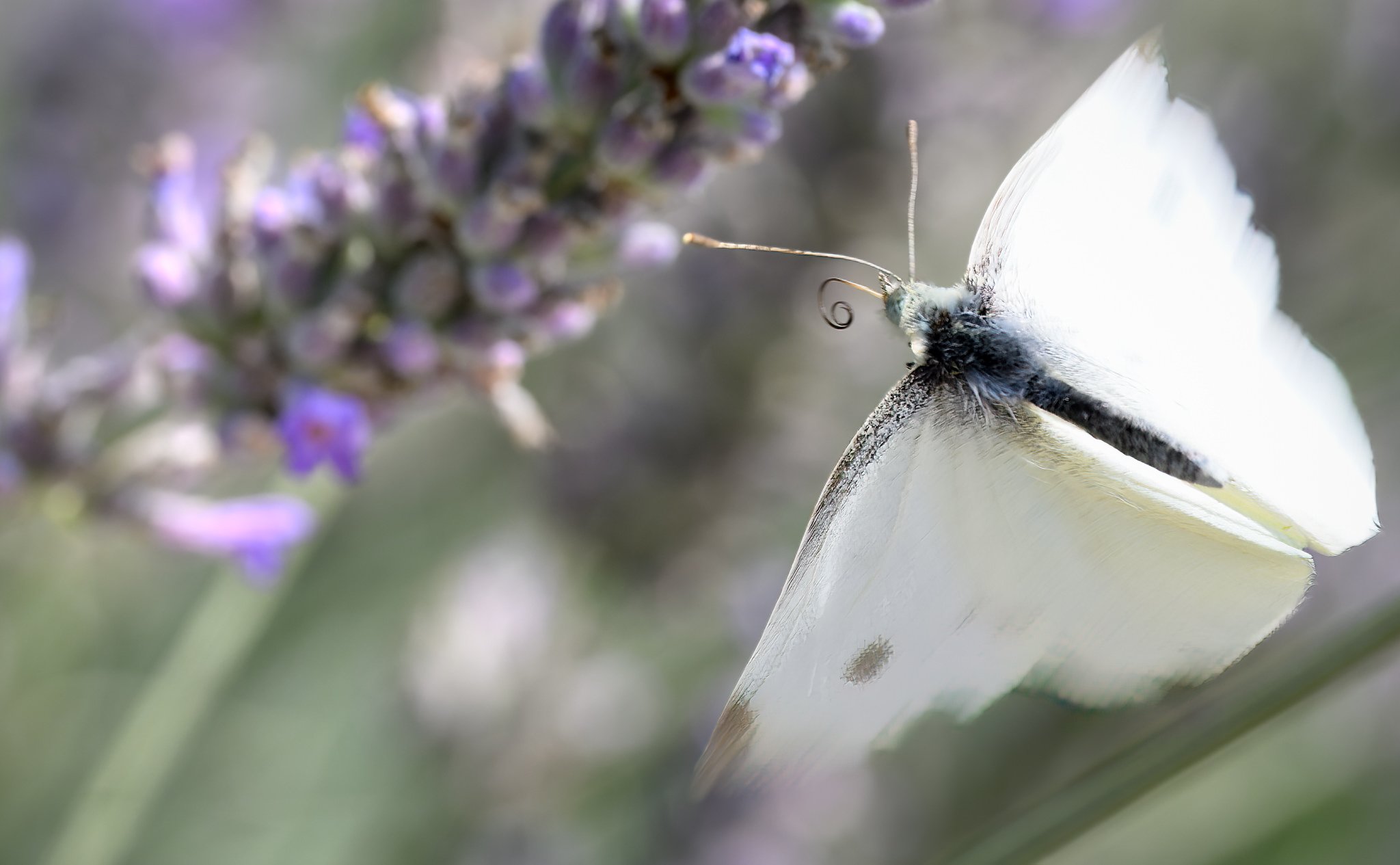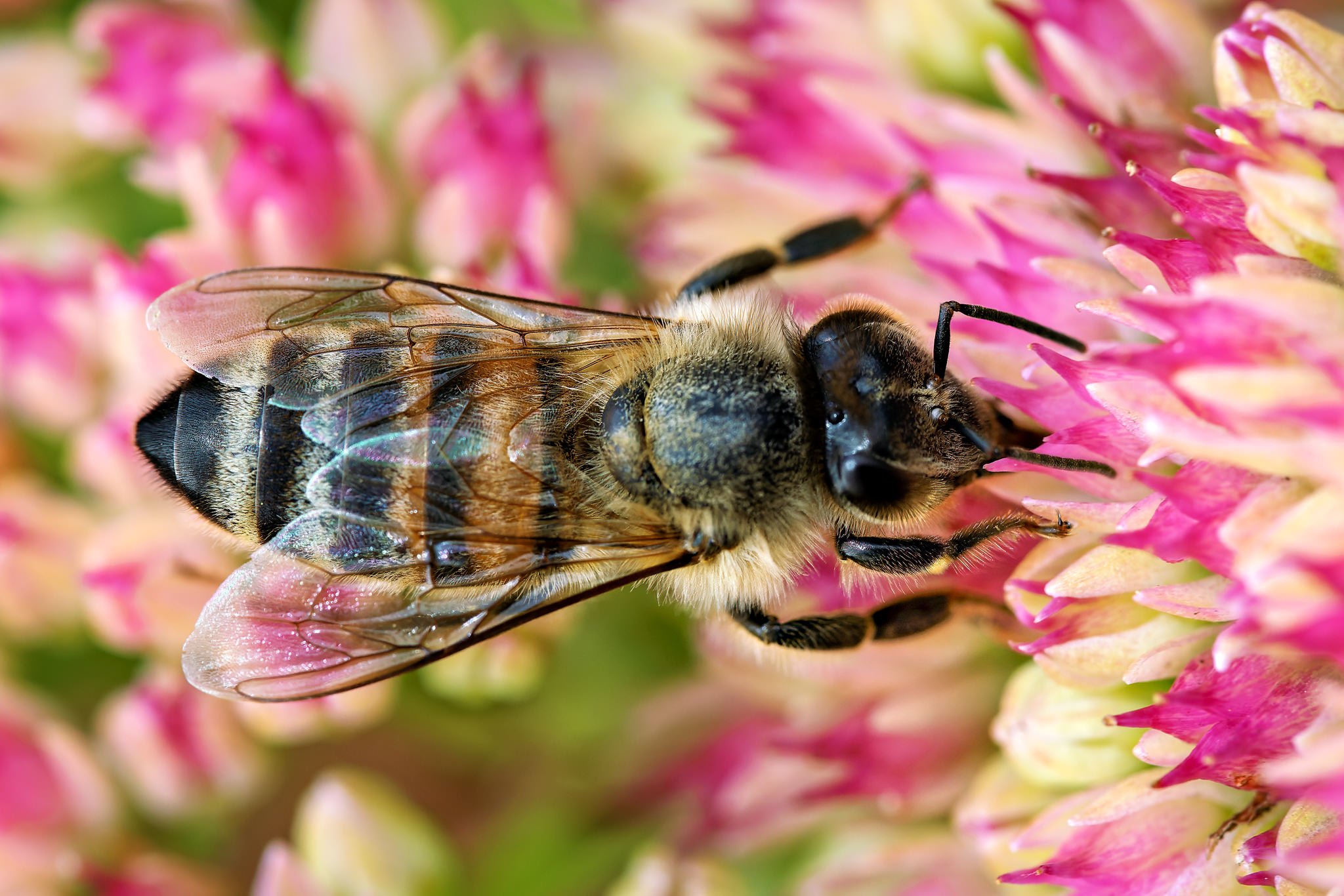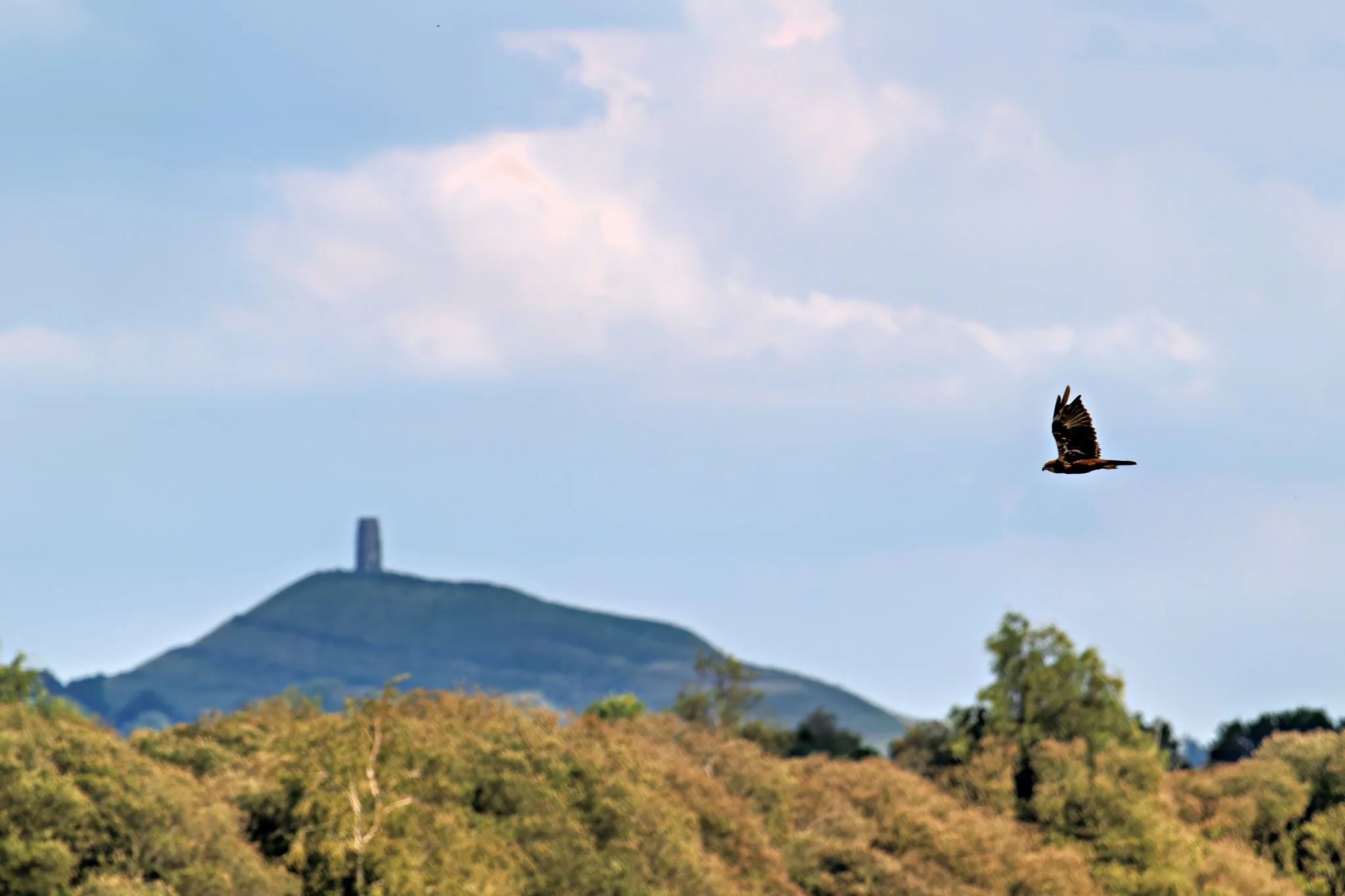The Newt in Somerset

The Newt in Somerset is one of those places we regularly go to. It is a large working estate with beautiful gardens, apple orchards, woodland, ponds, lakes and a remarkable reconstruction of a Roman villa.
Here are a few late autumn/early winter photo’s which include our friends Pete and Kate as well as numerous hens and a couple of human reindeer I happened to chat to.
Helen, of course, continues her photographic journey…
Autumn Radiance - Stourhead

Stourhead estate is a wonderful place to see the extraordinary colours of autumn.
STUDIO MACRO RIG - SET UP

It’s time to try setting up a studio macro rig. Ultra macro expert Allan Walls has a helpful guide to setting up such a rig so I have followed much of his advice.
https://www.youtube.com/live/LduEAzrXU3U?si=gy8NdTVvJglW8uQ-
I have used:
Heavy wooden block (chopping board)
Two Swiss arca quick release clamps
WeMacro motorised rail
Adaptalux lighting
Stonylab lab jack
Metal bench block
Photography diffuser roll
Raynox DCR-250 Macro Attachment
A Nicholas Sherlock 3D printed objective lens holder (see https://youtu.be/nuZ_JptlqYE?si=24chqpkq1CocsnLZ )
I also have a vintage, late Victorian, brass microscope (circa 1900) with some objective lenses which I shall enjoy trying out with the Sherlock objective lens holder.
I will use the rig with Lightroom camera tether function, Helicon Focus where required for stacks and with camera connected to power bank for continuous power.
I then had a first try with this kit, retrieving a tiny live snail, about a 4mm shell, from the garden - to which it was then returned without harm.
Much practice needed!
I
Lacock, Photography, Bees and Butterflies
We had a delightful visit to the village of Lacock, associated with William Henry Fox Talbot and the birth of photography. It’s a beautiful setting - the village, the former abbey, the garden and the woods. The Fox Talbot Museum at the abbey is a fascinating, informative and changing exhibition relating to photography, past and present.
On this occasion I had inadvertently come out with onlt a macro lens. This inevitably influenced the photographs that I took. But I guess you can never have too many bees and butterflies!
Morning Light
Such a beautiful cold bright morning for a short early photographic walk.
Intentional Camera Movement: Headless Dance

Intentional Camera Movement (ICM) is a photographic technique that involves moving the camera during the exposure to create a creative or artistic effect1. By intentionally moving the camera, the image points move across the recording medium, resulting in varied effects such as streaking, textures, and layers in the resulting image. This technique is often used to add the illusion of movement to a still image by introducing motion blur through long exposures.
ICM photography allows photographers to add creativity and abstraction to their images by effectively painting with their cameras. Instead of recording sharp, lifelike images, ICM enables photographers to create more abstract renditions of landscapes or subjects.
This set of images was my first attempt at ICM while visiting the Yorkshire Sculpture Park. It is a creative rendering of one the sculptures in Erwin Wurm: Trap of the Truth series.
Shapwick Heath

A short walk along the paths of Shapwick Heath in the Avalon Marshes. Dragon flies, butterflies and the distant Marsh Harrier. In relation to the Marsh Harrier the adage “If you want to improve your image quality, get closer!” is particularly relevant! These all taken using a 400mmlens plus 1.4TC.
Montecute Bees

A visit to Montecute House and Gardens offered another opportunity to contemplate the behaviour of bees among the flowers.Nikon Z8 Z24-120 lens.
Montecute Tendrils

Plant Tendrils at Montecute House Orangery -sensitive, responding, supporting, climbing...
A Wander through the American Museum Gardens

A couple of days ago we visited the American Museum and Gardens at Claverton, near Bath. It was a grandson day and I gave him a camera to use, as well as myself, as we explored the house and gardens. Here are some of the photo’s that I enjoyed taking - lots of bees and flowers mostly!
Photography Beginnings

My journey with photography began in 1974. I was fortunate enough to get into Bristol University to study medicine and also to intercalate a science degree. The science degree was in the department headed up by Prof M. A. Epstein who discovered the Epstein Barr Virus (EBV) in 1964, along with Y.M. Barr and B.G. Achong. Most people have been infected with EBV at some stage and a few people develop Glandular Fever from it (infectious mononucleosis).
As part of that degree, I did a short research project which was to do with the possible association of EBV with some cancers (eg Burkitt’s Lymphoma, Nasopharyngeal carcinoma and Hodgkin’s Lymphoma). We used a microtome tool with a glass knife to create very thin sections of tumours embedded in resin for examination with the electron microscope.
The electron microscope used for this project was the Phillips EM201. This had a viewing screen but it was important to take photographs because they were more likely to show details than the screen. The 35mm film was developed in the dark room and prints made. This was really interesting and very enjoyable with many evenings spent with the microscope and in the dark room. It was here I first learned the principles of exposure, developing and printing – including dodging and burning.

The project entailed looking for the actual virus particles in the cancer tissue as well as characteristic cell changes. I show here some of the images from that study, including some with the characteristic herpes virus particles of EBV. See if you can spot them!
So that’s where my love of photography began and I soon went on to buy my first camera - the Canon AE1.
East Harptree Wood
An early evening walk in East Harptree Wood. East Harptree Wood is a small conifer woodland with historic interest, situated in the Mendip Hills. It is home to the historical Smitham Chimney, a relic of Mendip’s industrial past and was part of a lead works here.
Piet Oudolf, Hauser and Wirth, Bruton

Piet Oudolf is a Dutch garden designer who has designed many public and private gardens around the world, including the landscaping scheme for Hauser & Wirth Somerset in Bruton, UK. The garden echoes the tradition of classical gardens but the variety of species and combination of plants creates a looseness, softening the formality of its appearance. We always enjoy a visit to Bruton and the Hauser and Wirth garden but also to the galleries and the excellent restaurant. The garden is a picture at present with lots of honey bees, bumble bees, hover flies and ladybird beetles.
Open to Wonder

Here is another image from the same ordinary shopping mall, an experience of everyday wonder. It is possible to cultivate a way of living, a way of being, that is open to everyday wonder – sometimes called an experience of pure conscious awareness. These experiences of wonder cannot be forced but we can be available, though often taken by surprise.
Photography is for me a spiritual practice, a practice of contemplation, a practice of opening to everyday wonder as seen in through the camera lens and contemplated later on computer or as a print.
The experience of wonder is everywhere, waiting to be seen. Not just seen but also experienced in so many ways – through beauty, love, musical awe, the patterns and colours of the natural world, the awe-inspiring gaze into the infinitely small or infinitely large, the witness of self-less acts of compassion… and so on.
To be open to everyday wonder, to contemplate that which evokes wonder in us is, to allow the sacred to shine through. It is a shining and shimmering of the life energy of the universe which we may call the Infinite or the Divine.
Wonder is powerful. Even brief moments of awe and wonder are good for body and mind: self-criticism pauses, anxiety settles and mood lifts, even for a while. Wonder evokes a sense of worship - of gratitude to God or to the Universe for life itself, the life energy that pulses through this planet Earth and creates the possibiity of beauty, harmony and goodness.
As others have said:
“wisdom begins with wonder” - Socrates
”he who can no longer pause to wonder and stand rapt in awe is as good as dead; his eyes are closed” - Albert Einstein
“to see a world in a grain of sand and a heaven in a wild flower, hold infinity in the palm of your hand and eternity in an hour” - William Blake
“The most beautiful experience we can have is the mysterious. It is the fundamental emotion which stands at the cradle of true art and science.” Albert Einstein






















































































































































































































































































































































































































































































































